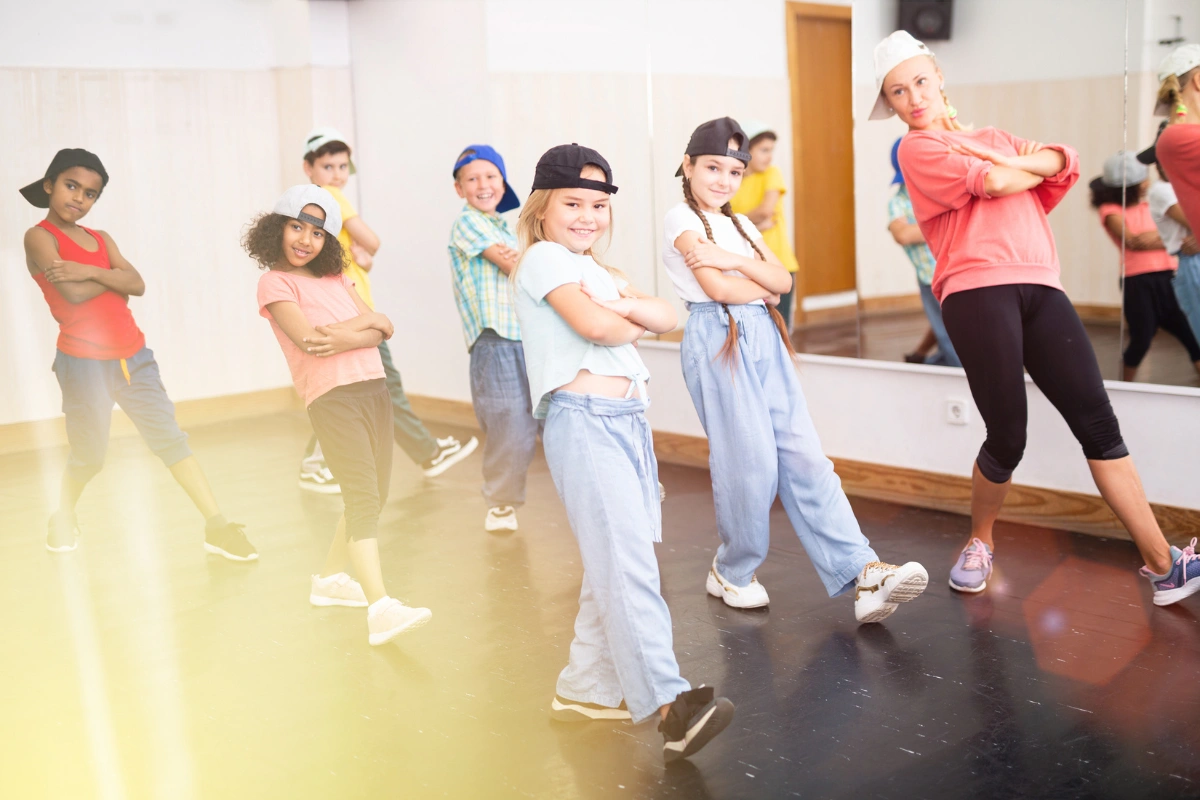Within the dynamic realm of breakdancing, certain maneuvers transcend mere physicality, embodying a fusion of athleticism, creativity, and self-expression. Among these iconic movements lies the turtles move, a quintessential element that epitomizes the fusion of strength, balance, and artistry inherent within breakdance culture.
In this comprehensive guide, we embark on a journey to unravel the intricacies of the turtles move, delving deep into its historical roots, foundational principles, and nuanced execution. Whether you’re a novice seeking to master the basics or a seasoned practitioner aiming to refine your technique, this guide offers invaluable insights and practical techniques to elevate your breakdancing prowess.
Join us as we delve into the essence of the turtles move, exploring its evolution within the vibrant tapestry of hip-hop culture and unveiling the step-by-step methodology to unlock its full potential. From cultivating the foundational strength necessary to execute a flawless handstand to infusing dynamic motion into static freezes, this guide equips you with the tools and knowledge to embark on your journey towards breakdancing mastery.
So, tighten your laces, clear your mind, and prepare to embark on an exhilarating odyssey through the world of breakdancing as we unravel the secrets of the turtles move.
What is the Turtles Move?
What exactly is the Turtle Move? Turtles, in the realm of breakdancing, are essentially a foundational element that manifests in various forms of movement. However diverse they may appear, they all converge upon a core principle: the establishment of a fundamental stance wherein the breaker suspends themselves above the ground, predominantly relying on their hands for support.
The essence of the turtles move lies in the act of balancing on one’s hands while elevating the legs in the air. The objective is to bring the knees as close as possible to the elbows. Achieving this posture renders the breaker akin to the shape of a turtle’s shell, hence the moniker.
When this stance is maintained in a static position, as is customary during initial breakdancing training, it is referred to as a turtle freeze. Conversely, a full turtle entails incorporating hand rotations into the movement. The majority of breakers typically envision this rendition when contemplating the turtle move in isolation.
A plethora of variations exist within the realm of turtles breakdance moves, often revolving around alterations in leg positioning. However, delving into these nuances necessitates first mastering the foundational aspects, cultivating the requisite strength, balance, and control essential for sustaining the basic turtle stance.

Turtles vs. Turtle Freeze
A cursory Google search on this subject yields an array of resources, each seemingly addressing distinct facets of the move. Regrettably, there are prevalent misconceptions surrounding the true nature of a turtle. Much of the confusion stems from conflating a stationary freeze with a dynamic, in-motion variant categorized as a power move.
So, what sets these two iterations apart?
Turtles entail continuous fluidity in movement and seamless transitions.
Turtle freezes, conversely, are characterized by static precision, with one leg extended and the other tucked into the body.
Much like other freeze techniques, the turtle freeze serves as a testament to the breaker’s mastery over control, while a conventional turtle represents a pivotal component within a broader sequence.
Similar to the fundamentals of footwork, turtles breakdance moves are often regarded as essential skills for burgeoning breakers. It’s not uncommon for novices to commence their journey with the freeze before progressing to full-fledged turtles.
The History of Turtles
Before delving into the intricacies of perfecting your first turtle, it’s essential to uncover the rich historical tapestry from which this move emerges.
Embedded within the core ethos of hip-hop culture, the genesis of breakdancing can be traced back to the vibrant streets of the South Bronx, New York, during the tumultuous 1970s. Unlike conventional dance forms, breaking emerged as a visceral response to the myriad social injustices disproportionately affecting Latino and African-American youth of the era.
Within this socio-cultural crucible, the evolution of specific moves like the turtle becomes enigmatic, shrouded in the dynamic interplay of creativity and rebellion. While historical documentation may be scant, anecdotal evidence suggests that aspiring breakers honing their skills in mastering the windmill were concurrently exploring the nuances of the turtles move.
The origins of the turtle harken back to the nascent days of breakdancing, a time when trailblazers such as DJ Kool Herc and Crazy Legs were catapulting hip-hop culture into the limelight of mainstream consciousness. However, akin to other foundational moves within the lexicon of breaking, the attribution of the turtle to a singular inventor remains elusive, emblematic of its communal evolution within the crucible of street culture.

How to Do Turtles for Beginners
Embarking on the journey of mastering breakdancing moves such as the turtle necessitates laying a solid foundation rooted in strength, balance, and control. Before venturing into the realm of more advanced techniques like the intricate art of power flow, it’s imperative to cultivate a nuanced understanding of body mechanics and proprioception.
Step One – Initiate with a Handstand
At the heart of every successful turtle lies the mastery of the handstand. Given its pivotal role in a myriad of maneuvers, attaining proficiency in executing and transitioning into and out of handstands forms the cornerstone of breakdancing proficiency. Engaging the services of a seasoned practitioner can provide invaluable insights and guidance, facilitating your creative exploration within the realm of breakdancing. For those opting to embark on this journey independently, here’s a step-by-step guide to achieving a stable handstand:
- Assume a squatting position.
- Plant your palms firmly on the ground, aligning them with your shoulders.
- Ensure optimal stability by spreading your fingers wide.
- Maintain straight arms, with your shoulders stacked directly over your wrists.
- Propel your legs upwards, balancing your body weight on your hands.
Step Two – Crafting the Turtle Shell
Having attained a degree of comfort in sustaining the handstand position, it’s time to transition into the iconic turtle shell pose. With your lower extremities elevated, gradually lower your legs while concomitantly tucking your elbows inwards, akin to a protective shell formation. Given the inherent variability in individual flexibility, refrain from forcing the pose, instead prioritizing a gradual and intuitive approach.
Step Three – Refine Leg Placement
Breaking terminology often fails to encapsulate the myriad permutations inherent within each move. In the traditional iteration of the turtles move, maintaining a tucked leg position facilitates the execution of a visually striking freeze. Proceed to experiment with diverse leg configurations, progressively enhancing your strength, balance, and flexibility. Consider extending your legs outward while preserving equilibrium or exploring one-legged variations to diversify your repertoire.

Step Four – Infuse Dynamic Motion
Up until this juncture, the focus has predominantly centered on static freezes devoid of motion. Having honed your proficiency in executing the freeze, it’s time to infuse dynamism and velocity into your repertoire. This entails mastering the art of power transitions, characterized by fluid spins and circular hand movements. Initiate this kinetic sequence by orchestrating a seamless rotation of your hands, thereby catalyzing a harmonious motion akin to the graceful glide of a turtle through water.
Summary
The turtles move represents a fundamental component of breakdancing, embodying a synthesis of strength, balance, and creative expression. Originating within the vibrant streets of the South Bronx during the 1970s, breakdancing emerged as a response to social injustices, evolving into a dynamic art form within hip-hop culture.
This guide provides a comprehensive exploration of the turtles move, tracing its historical roots and delving into its foundational principles. Beginning with the mastery of the handstand, practitioners are guided through a step-by-step process to achieve stability, balance, and control. From there, attention is turned towards crafting the distinctive turtle shell pose and refining leg placement to enhance flexibility and strength.
Moreover, the guide emphasizes the transition from static freezes to dynamic motion, empowering practitioners to infuse fluidity and velocity into their performances. Through practical techniques and insights, novices and seasoned practitioners alike are equipped with the tools necessary to elevate their breakdancing prowess and embark on a journey towards mastery of the turtles move.


Leave a reply